LeBron James waved off Rui Hachimura and subtly called for a screen from Anthony Davis.
As Davis made contact with James’ defender, Kevin Durant, on the right wing, Davis’ defender, Mason Plumlee, retreated in a deep drop. James drove around the screen and into Plumlee as Durant tracked him from behind. Davis, recognizing he had an opening, popped beyond the 3-point arc.
James fired a no-look pass to Davis, who swished in a 3-pointer without hesitation.
The sequence was emblematic of the Lakers’ offensive shift in approach under new head coach JJ Redick. He wants the Lakers to modernize their shot profile and, specifically, increase their 3-point volume.
“He’s been on me all summer about shooting 3s,” Davis said at media day on Sept. 30. “Even the Olympics when I make a 3, he’ll text me, ‘That’s what I wanna see,’ things like that. So for him, it’s definitely gonna be just shooting more 3s.”
The Lakers have been a low-volume 3-point team in the James-Davis era. They have ranked in the bottom 10 in 3-point attempts per game in four of their five seasons together, including just 28th last season.
Los Angeles has thrived offensively despite its archaic approach, ranking third in offensive rating over the final 42 games of last season. The Lakers excelled as one of the league’s best finishing (second in paint points) and free-throw-generating attacks (second in free throws attempted). That will always be their strength, but Redick and his coaching staff hope that better organization and structure in their new offensive system will optimize the group’s shot selection and make them even more dynamic.
Through three preseason games, the Lakers have averaged 38.7 3-point attempts per game, which ranks 17th in the league. The Lakers have attempted at least 32 3-pointers in all three preseason games — more than they averaged last season — and more than 40 in back-to-back games.
Redick even joked that he could envision the team eventually attempting 50 3-pointers in a game.
“I think 40 is a lot,” Redick said after Los Angeles’ second preseason game. “But if you’re generating good ones, that’s a great number.”
Here’s an example of the type of 3s the Lakers would like to generate more of. James passes to D’Angelo Russell and cuts toward the basket, veering back to screen for Hachimura. Russell swings the ball back to James, who receives a ball screen from Davis. Off the ball, near the right corner, Max Christie sets a flare screen for Hachimura, who cuts through the paint and into the corner.
James drives and kicks the ball to Hachimura. Damian Lillard closes out hard, forcing Hachimura to alter his shot in air. He quickly notices Christie has relocated to the right wing, and more importantly, is open, and hits him for the 3-pointer.
And here’s an even simpler instance. The Lakers are set up in a four-out, one-in alignment, with Christie stationed in the right dunker spot and James, Davis, Russell and Gabe Vincent dotting the 3-point line. James initiates a dribble handoff with Davis near the top of the arc. Davis takes two dribbles and hands the ball off to Vincent, who’s coming up from the left corner.
Vincent dribbles into space, triggering Durant, who’s defending James, to help off of him toward Vincent. That shift is all Vincent needs to swing the ball to James, who’s ready to catch and shoot from a few feet behind the line. Bang.
“I would like us to average five or six more 3s a game,” Redick said at practice last week. “But you have to be conscientious about how we’re generating those 3s. I actually think we’ve done a pretty good job of getting good looks. … I like the mindset overall to shoot when set — and shoot good 3s.”
Five or six more 3-point attempts per game might not sound like much, but it would greatly impact the Lakers’ offensive makeup.
Going from the 31.4 attempts per game they averaged last season to between 36.4 and 37.4 attempts per game would have bumped the Lakers from 28th to between eighth and 11th. Essentially, Redick wants them in the top 10 when it comes to 3-point volume. And, so far, the team is implementing the coaching staff’s vision, as their current number of attempts (38.7) would’ve ranked fifth last season.
It’s difficult to glean much in terms of how the Lakers’ prioritization of 3s will affect their offense, given that James and Davis rested the team’s first preseason game and have essentially rested both second halves of the previous two games. But it has certainly had a trickle-down effect on the rest of their offense, with the Lakers dropping to 10th in paint points and 28th in free-throw attempts.
Among the regulars from last season’s rotation, Reaves (5.1 attempts last season to 6.0 attempts in the preseason), Christie (1.8 to 5.0), Vincent (2.5 to 3.3) and Davis (1.5 to 3.4) have all increased their 3-point volume. That’s before mentioning sharpshooting rookie Dalton Knecht, who’s leading the team with 8.0 attempts per game.
Davis is something of a bellwether, as his shooting has been under scrutiny since the 2019-20 championship season. His 3-point shooting has been a preseason storyline for years. His two previous coaches, Frank Vogel and Darvin Ham, both set preseason goals for him to attempt more 3s. Yet since the title, Davis has yet to average more than 2.8 attempts or shoot better than 27.1 percent.
It’s early, of course. Fourteen teams are averaging more than 40 3-point attempts per game, which only the league-leading Boston Celtics topped last season. That’s unsustainable. Most teams begin the season wanting to shoot more 3s before eventually settling into their true offensive identity. The Lakers could very well be one of those teams.
One could argue their 3-point hunting has already gone too far at times, as not all 3s are created equally. There has been a learning curve. Even Redick, who has given most of the team the green light to shoot as many as they want, has his limits with what constitutes a good 3-pointer for his team.
The strategic shift has sometimes resulted in the Lakers taking pull-up 3s in transition, which Redick has noted isn’t always the best option.
“There were two very specific ones,” Redick said after the Suns loss. “But they were also two guys that we want shooting 3s. So I think it’s just being mindful of kind of the time and situation but also there’s a level of sort of reading the defense that you have to have. But both the guys that took them, they can take dribble-up 3s. That’s not a problem.”
While Redick wouldn’t divulge the two possessions he was referencing, there were two that stood out upon rewatching game film.
In one instance, Christie pulled up in transition from the left wing despite the Suns having four defenders around or behind the 3-point line (and that part of his game not being a strength yet). He missed it in what was something of a momentum killer after a stop.
Later that half, in the second quarter, Knecht pulled up from nearly the same spot. This time, Suns wing Royce O’Neale caught a piece of Knecht’s shot, tipping it, resulting in an air ball.
Neither shot was a particularly good look, despite both players projecting as two of the Lakers’ better shooters next season (and, according to Redick, having the green light to shoot pull-up 3s in general). Knecht, in particular, has the pull-up 3 in his offensive repertoire. But context matters, and a contested pull-up 3 in transition against a semi-set defense is a bad shot for most players.
But by encouraging his players to shoot more 3s, even bad ones at times, Redick is instilling a physiological evolution that could have a lasting impact.
“I think it’s just playing basketball and looking at the numbers and seeing the shots that work in our favor and that don’t work in our favor,” Reaves said at practice last week. “And I think it’s basically league-wide the mid-range is the lowest-percentage make. And any time you look at teams that’s won in the past, they’ve been really good at shooting the 3.
“So at the end of the day, you play basketball and you take what the game gives you. But just being cognizant of what we’re trying to do and the looks that we’re trying to get.”
Considering James and Davis’ strengths as finishers and foul drawers, the Lakers’ offense will always function best as an inside-out attack. They should remain among the league leaders in paint points and free-throw attempts this season.
But they can certainly strike a better balance than they have in previous seasons, and through the first couple weeks of practices and the preseason, they’re tilting in the right direction.
(Photo of Gabe Vincent: David Frerker / Imagn Images)

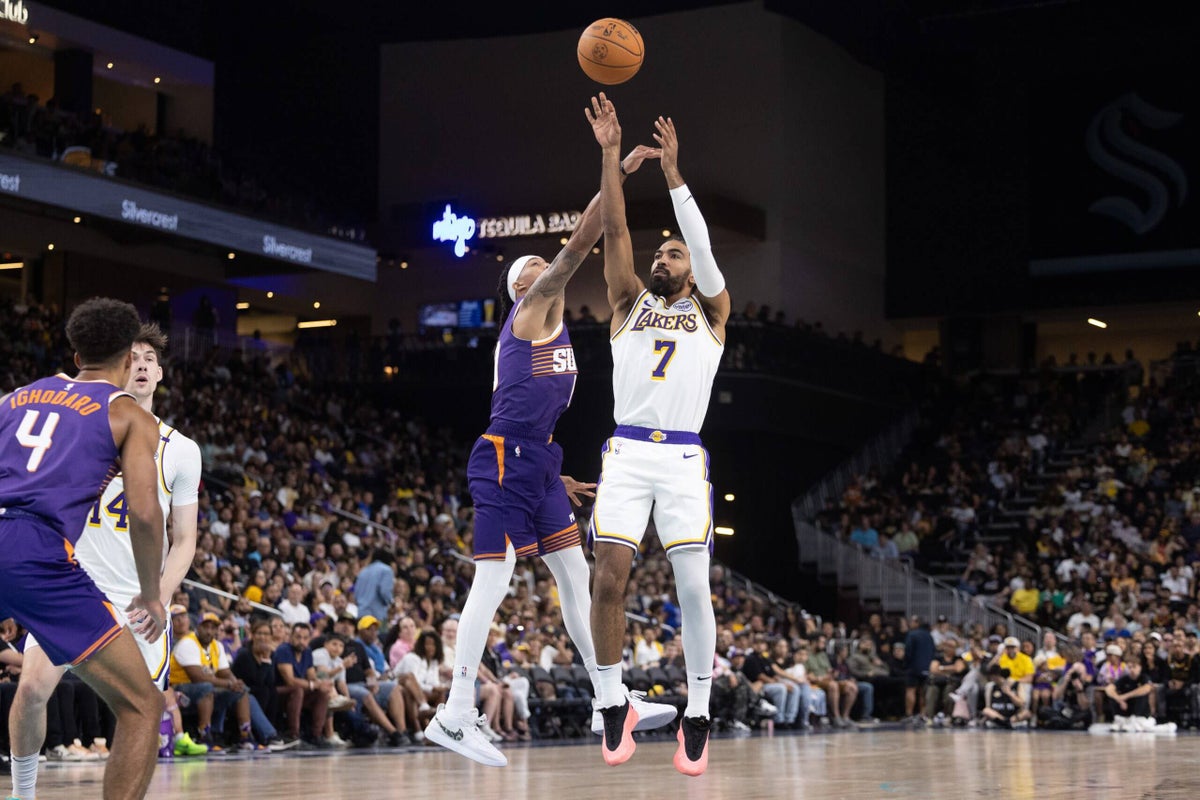

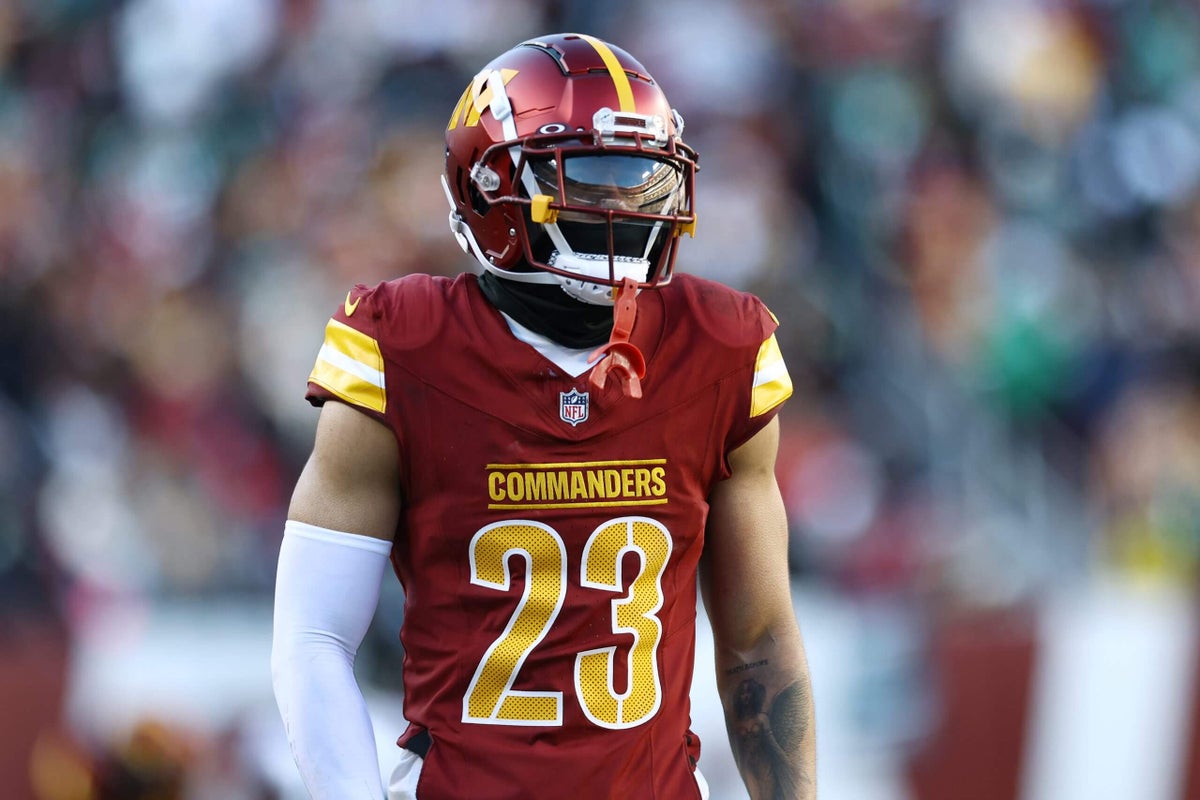


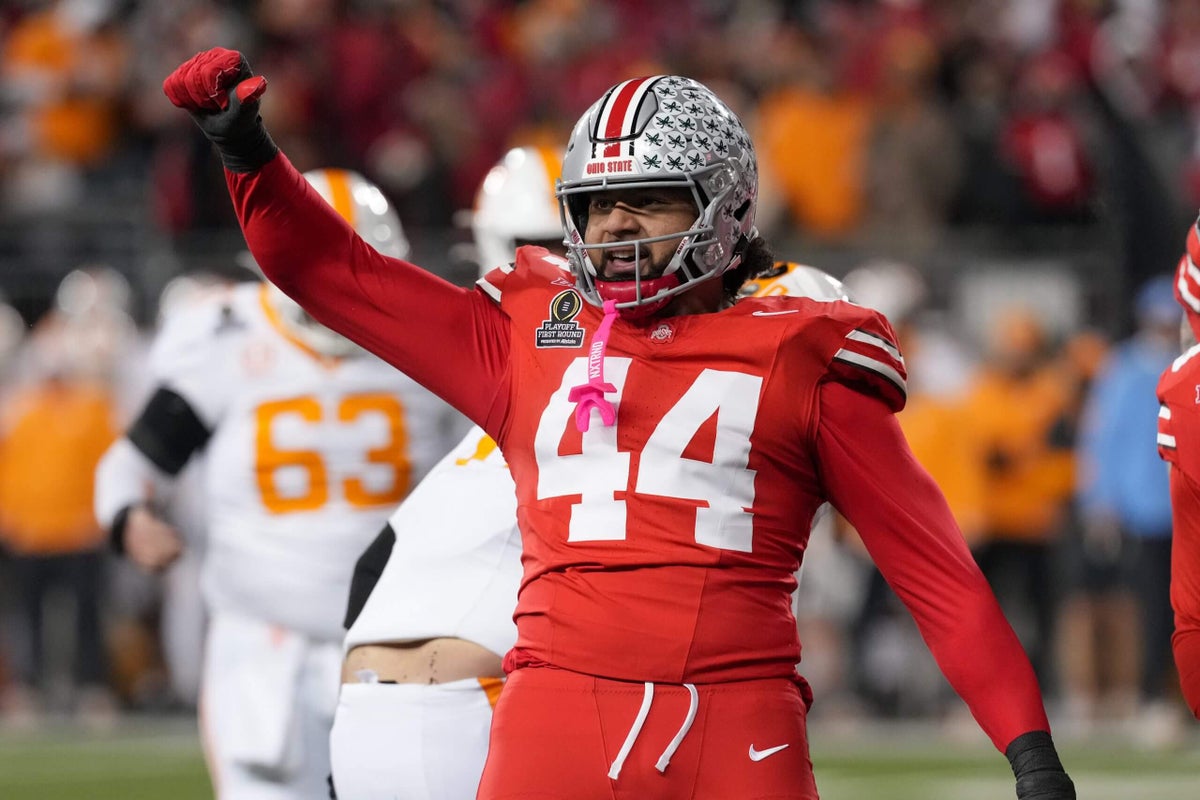
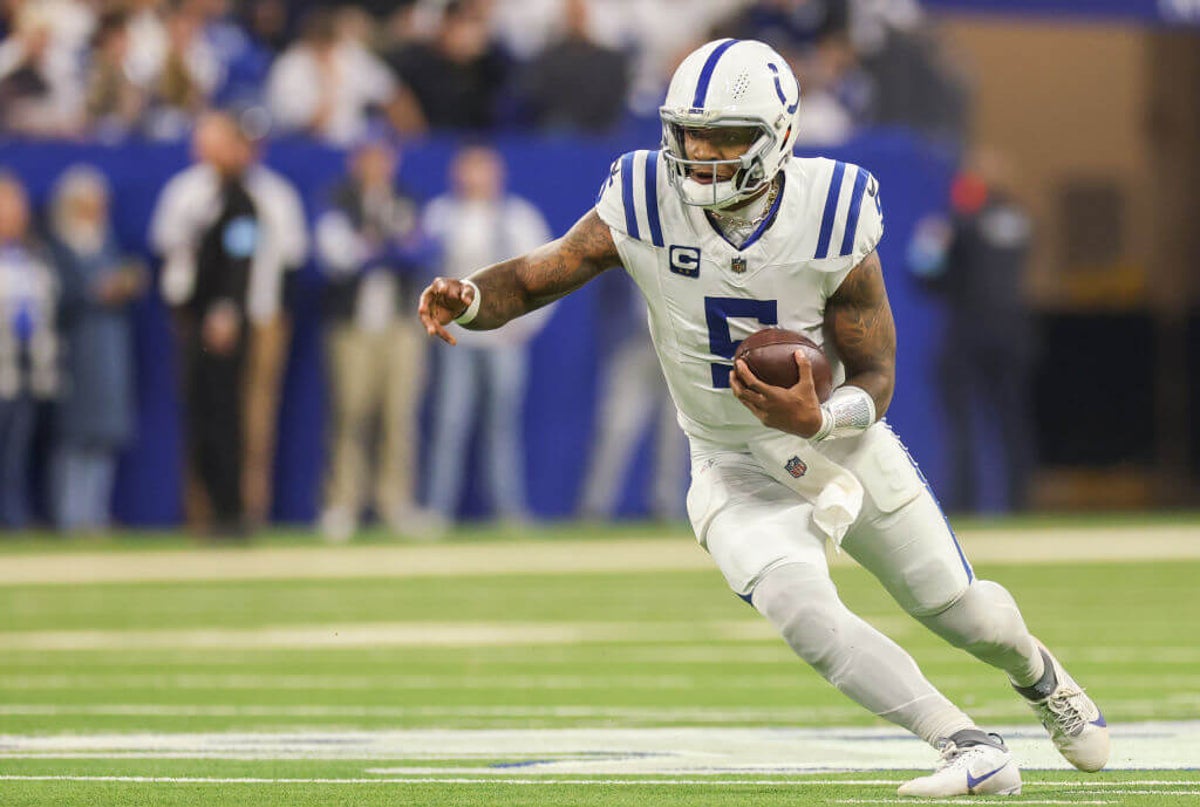
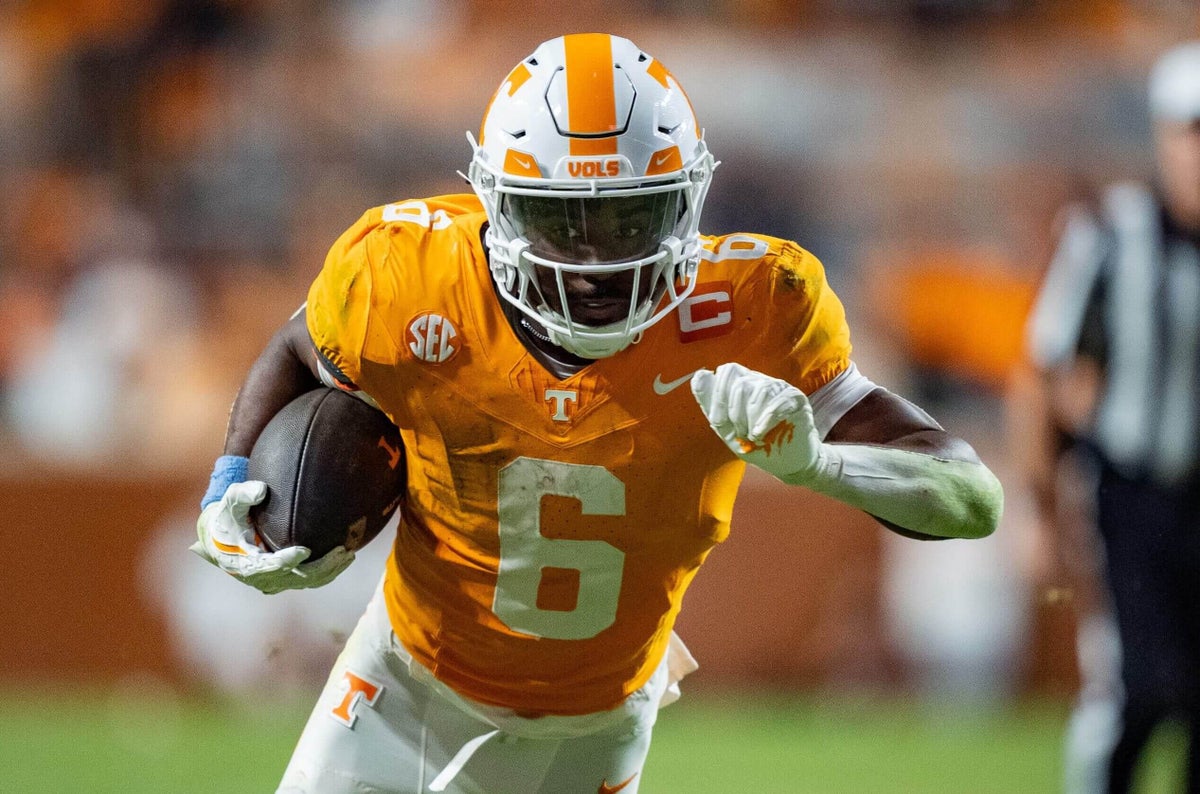


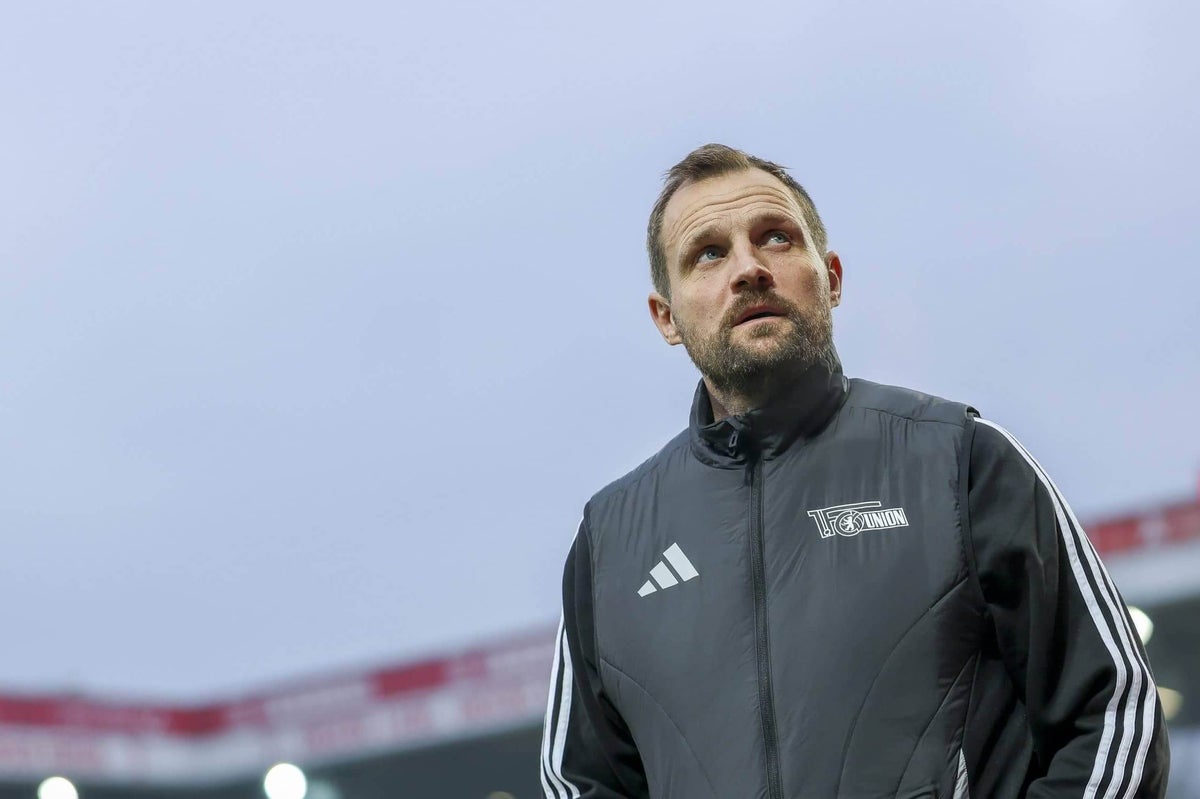
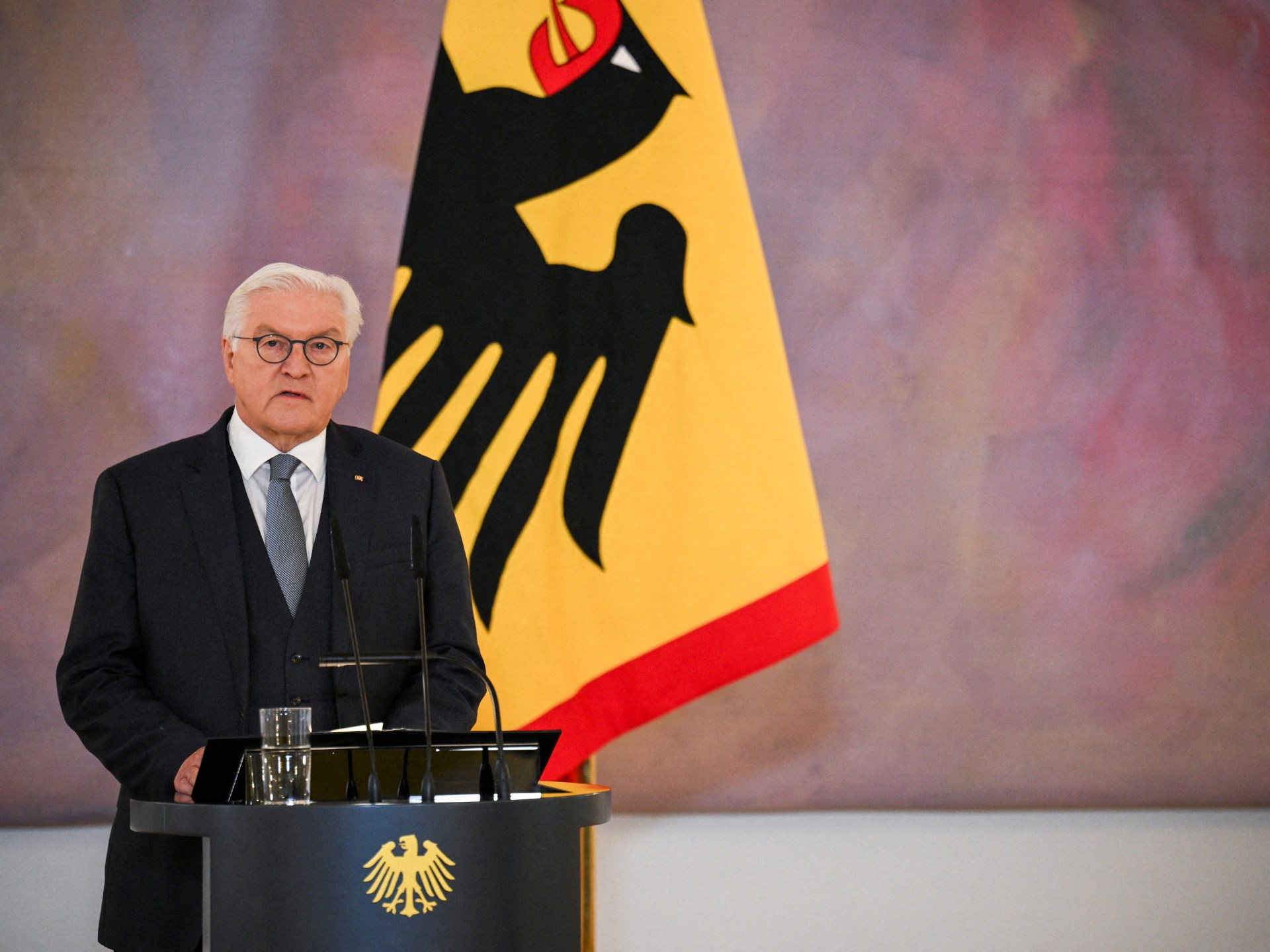
Leave a Reply